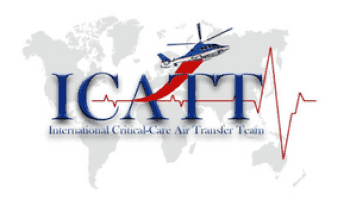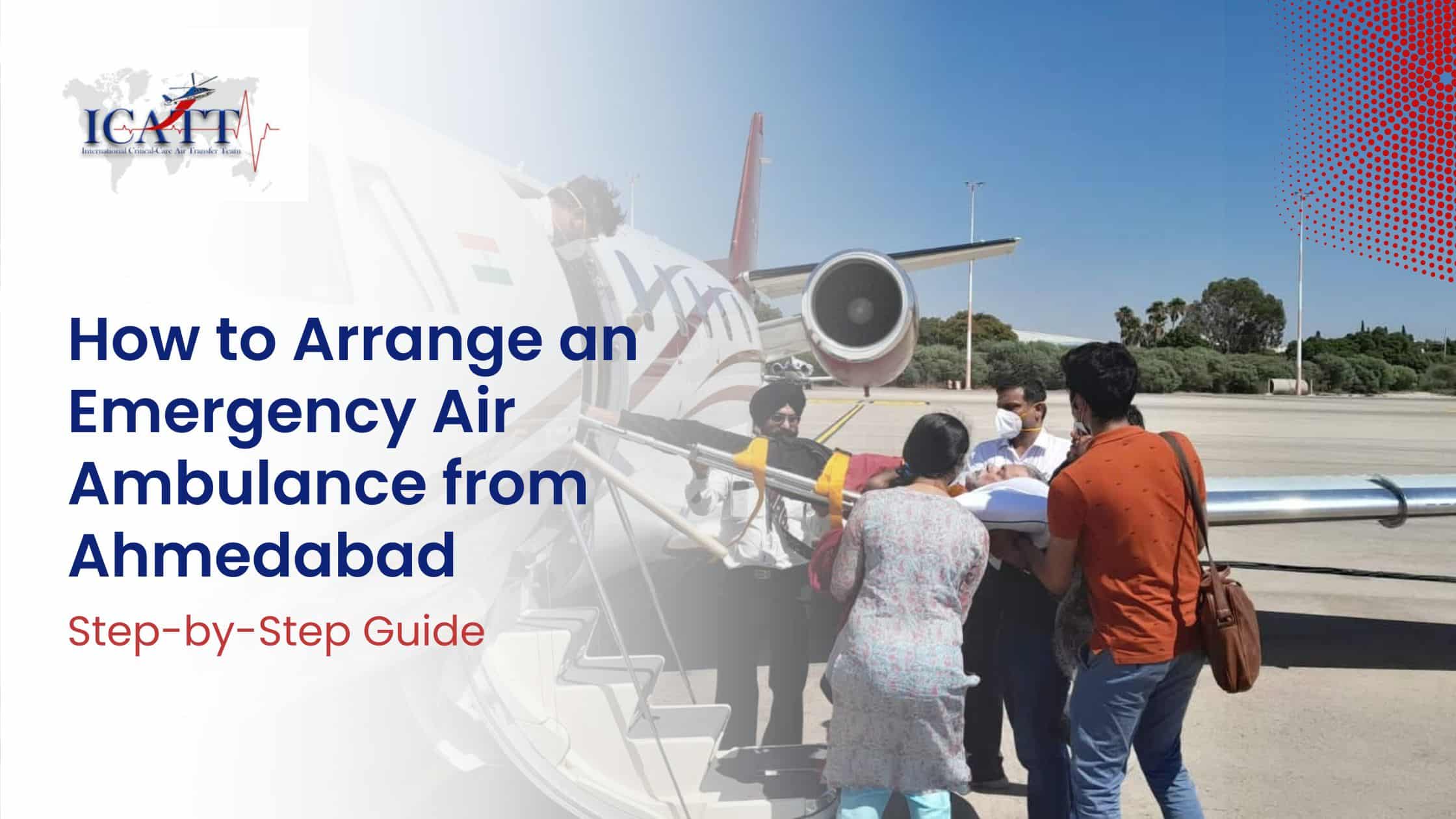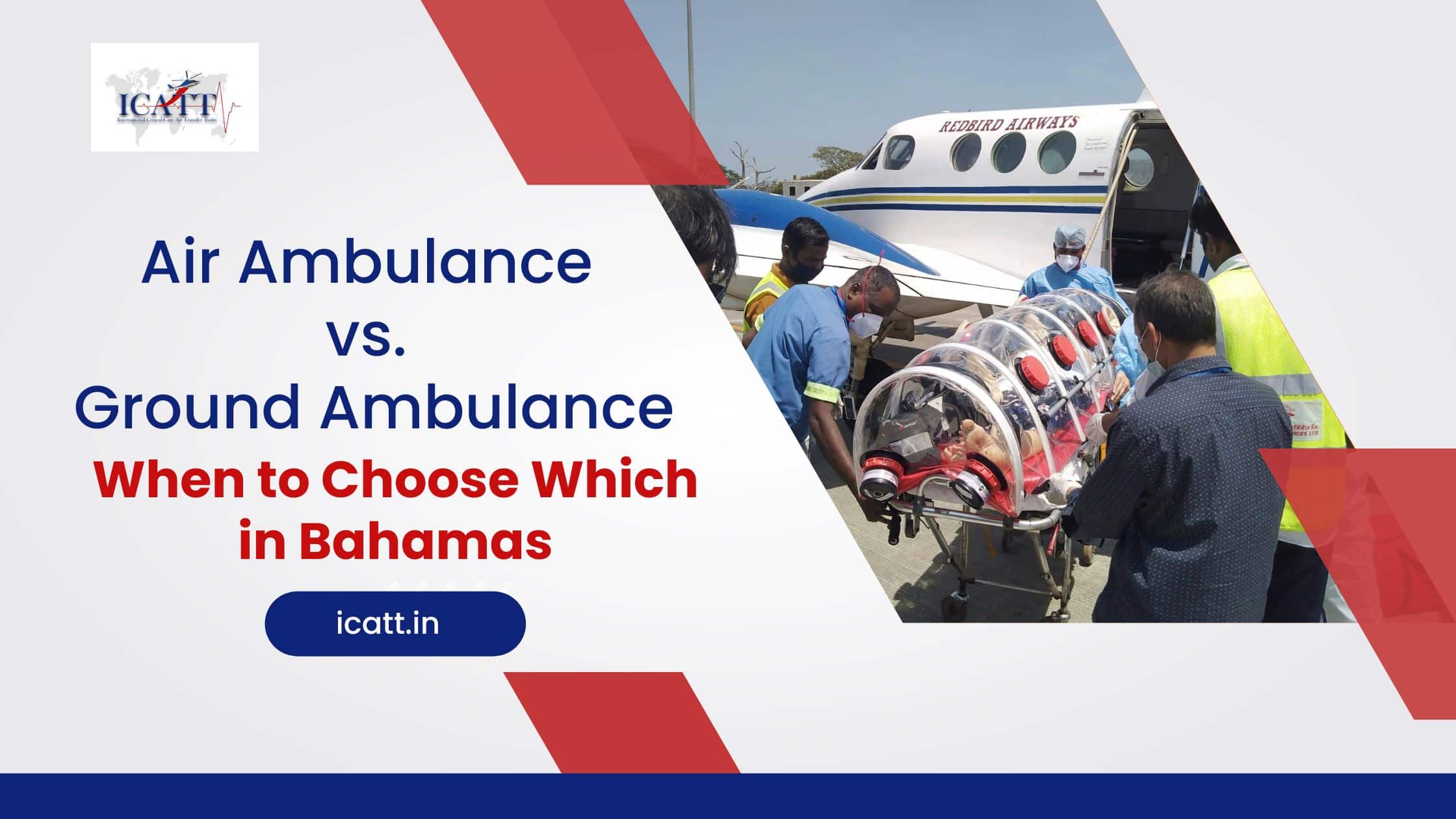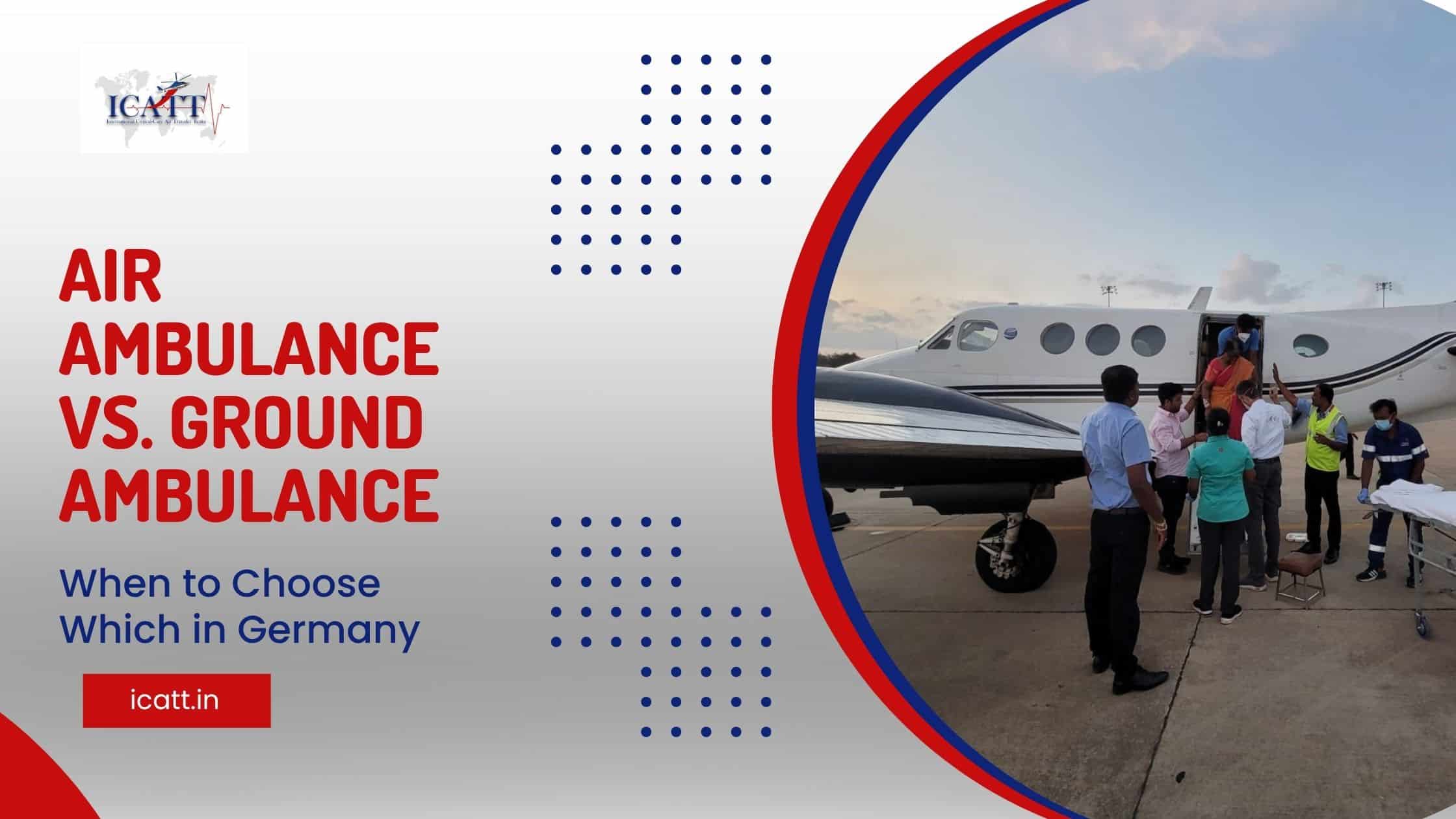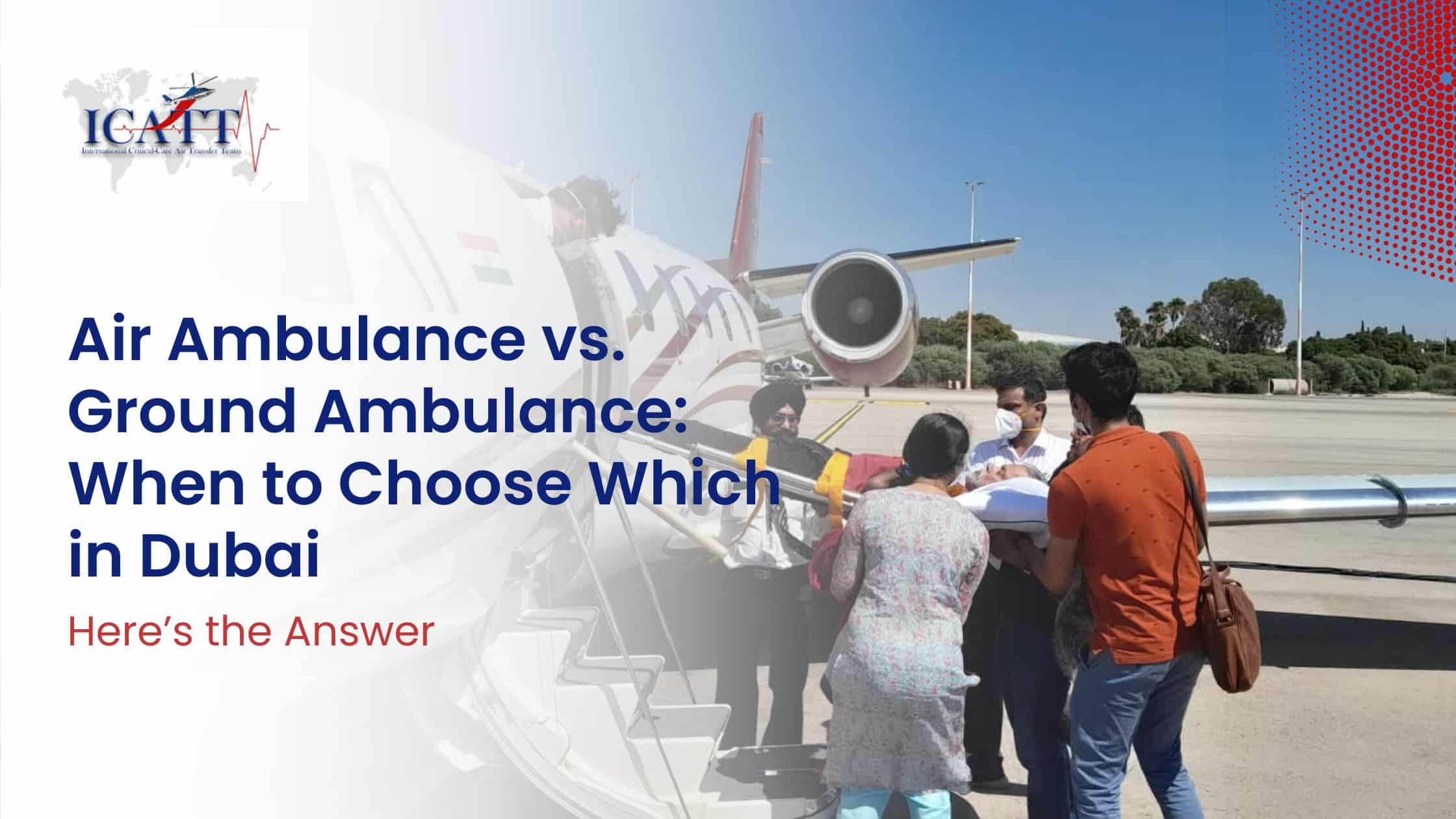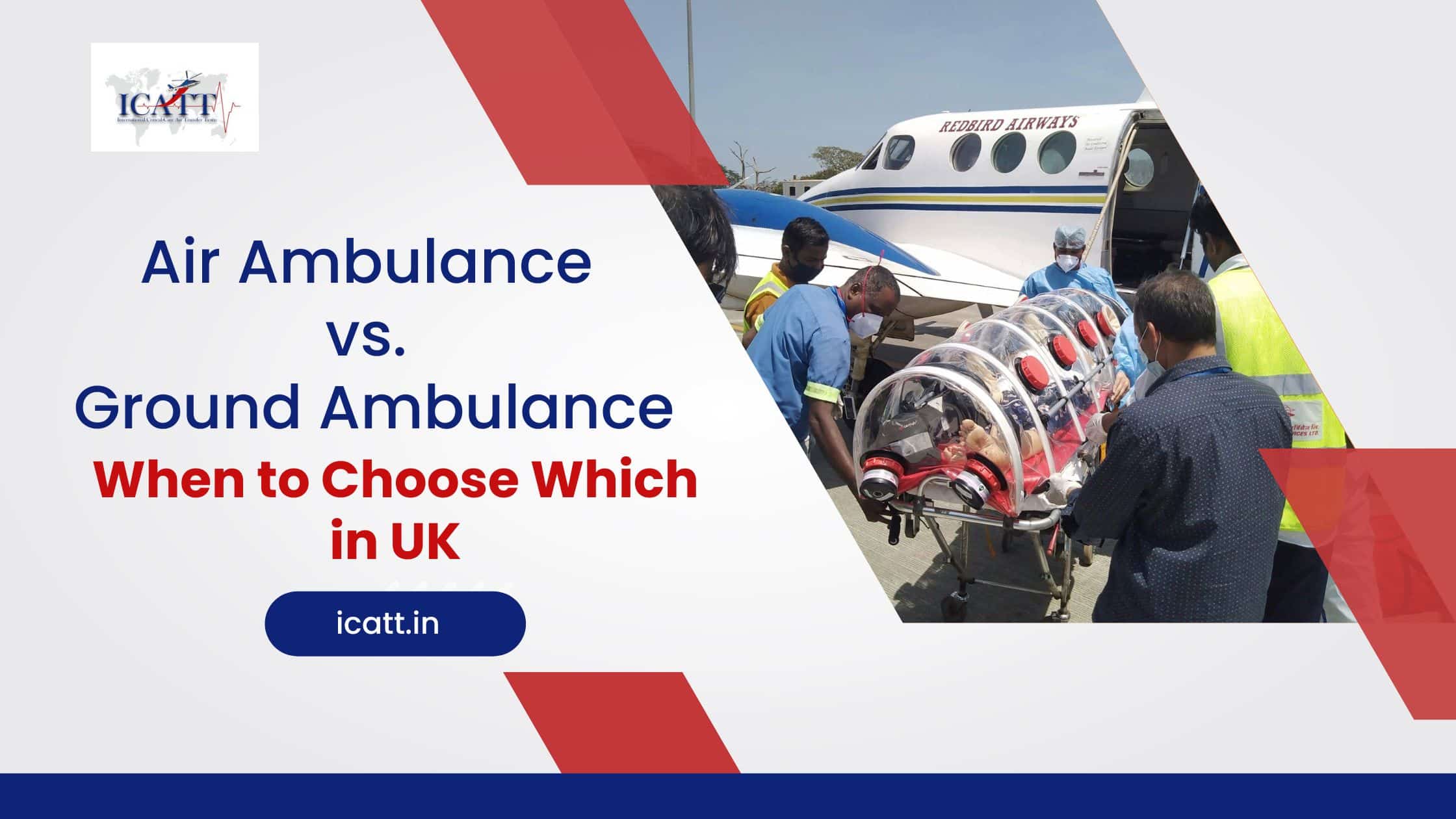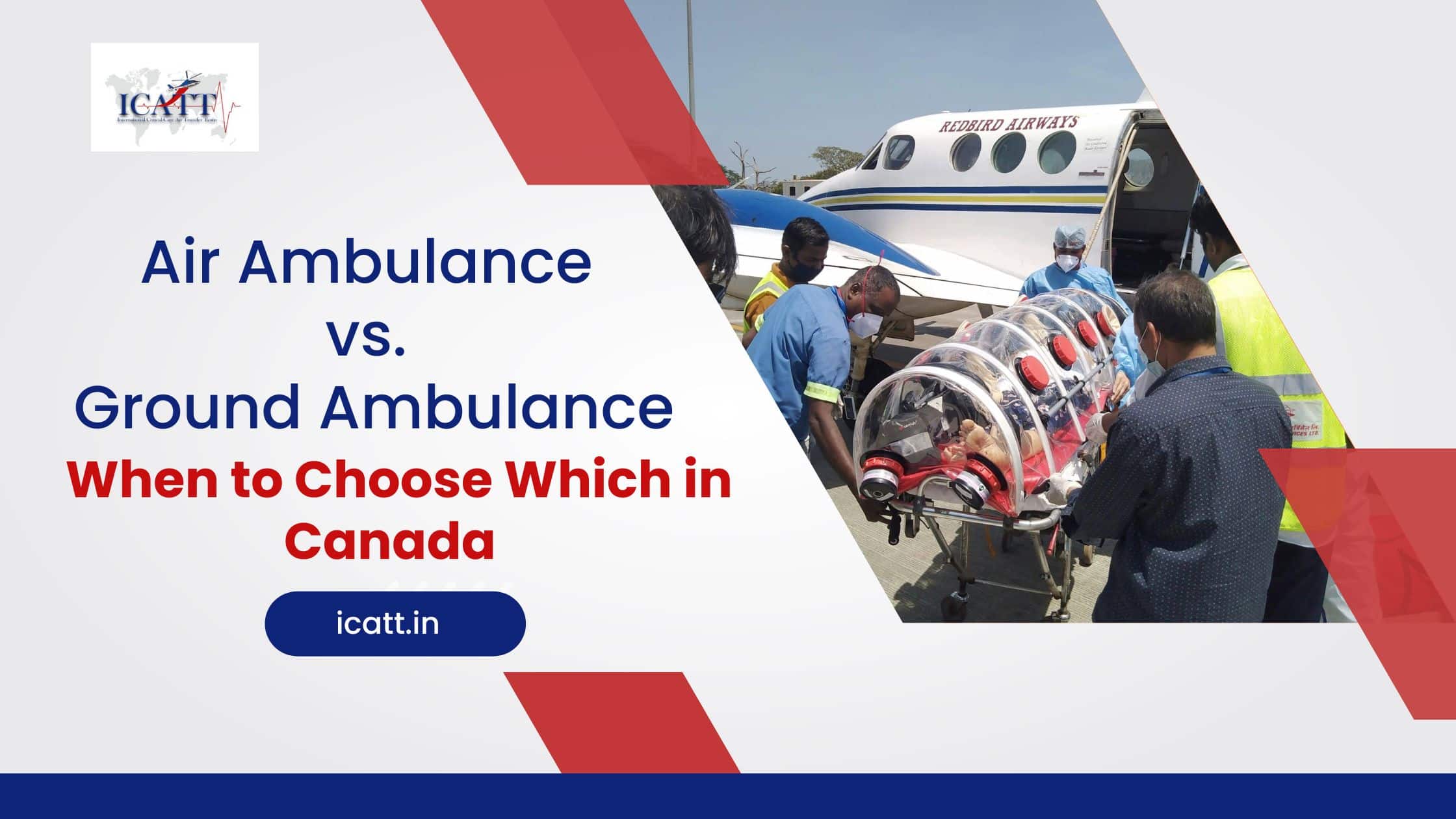When you hear the term “air ambulance,” you might think of a simple aircraft that transports patients from one location to another. In reality, an air ambulance is far more than just a mode of transport. These specialized aircraft are equipped with state-of-the-art medical technology, effectively transforming them into flying intensive care units (ICUs).
The combination of highly trained medical professionals and advanced equipment ensures that even the most critically ill patients receive continuous and comprehensive care throughout their journey.
What Makes an Air Ambulance a Flying ICU?
An air ambulance is no ordinary aircraft. It is a meticulously modified vehicle designed to cater to patients with diverse medical needs, from critically ill adults to fragile newborns. These aircraft are equipped with cutting-edge medical technology that mirrors the capabilities of a hospital’s ICU, ensuring patients receive uninterrupted care during transit.
The transformation involves incorporating essential medical equipment, creating a sterile and functional space for medical professionals, and maintaining the right environmental conditions for patients.
Key Advanced Equipment in Air Ambulances
Here is a closer look at the equipment that enables air ambulances to operate as flying ICUs:
1. Portable Ventilators
One of the most critical pieces of equipment in an air ambulance, ventilators are life-saving devices that support or control a patient’s breathing. Portable ventilators in air ambulances are compact yet powerful, capable of delivering precise oxygen and pressure levels even under the challenging conditions of air travel.
- Use Case: For patients with respiratory distress, severe lung infections, or post-operative recovery.
- Features: Modern ventilators are lightweight and come with advanced settings, making them suitable for neonatal, paediatric, and adult patients.
2. Cardiac Monitors and Defibrillators
Cardiac monitors are essential for tracking a patient’s heart rate, rhythm, and electrical activity during transit. In case of cardiac emergencies, onboard defibrillators are available to deliver electric shocks and restore normal heart rhythms.
- Use Case: For patients with heart conditions or those at risk of cardiac arrest.
- Features: Air ambulance cardiac monitors integrate with defibrillators, offering real-time data and life-saving intervention tools.
3. Advanced ICU Beds
An air ambulance’s stretcher system is more than just a transport bed. These specialized ICU beds are designed to keep the patient comfortable while providing easy access for medical professionals to monitor and treat them.
- Use Case: For stabilizing patients with spinal injuries, fractures, or those requiring immobilization.
- Features: Many air ambulance beds come with adjustable settings, enabling different postures and improved patient comfort during long flights.
4. Infusion Pumps
Infusion pumps are vital for delivering controlled doses of medication, fluids, or nutrients intravenously. These pumps ensure precise and consistent administration, which is critical for maintaining stability in critically ill patients.
- Use Case: For patients requiring continuous administration of medications such as pain relief, sedatives, or life-saving drugs.
- Features: Airborne infusion pumps are lightweight, battery-operated, and designed to function in high-altitude conditions.
5. Oxygen Delivery Systems
Oxygen is a cornerstone of patient care in an air ambulance. Aircraft are equipped with robust oxygen delivery systems to ensure a steady supply throughout the flight.
- Use Case: For patients with respiratory distress, oxygen saturation issues, or critical illnesses requiring supplementary oxygen.
- Features: Systems include oxygen tanks, flow regulators, and nasal cannulas or masks to suit individual patient needs.
6. Neonatal Incubators
Transporting critically ill or premature newborns demands specialized care, and neonatal incubators are designed to provide a safe and controlled environment for these fragile patients.
- Use Case: For transporting premature babies or newborns requiring thermal regulation and respiratory support.
- Features: These incubators maintain optimal temperature, humidity, and oxygen levels while protecting the infant from vibrations and external disturbances during the flight.
7. Portable Ultrasound and Diagnostic Tools
Portable diagnostic devices, including ultrasound machines, blood gas analyzers, and ECGs, enable medical professionals to assess and monitor a patient’s condition mid-flight.
- Use Case: For assessing organ function, cardiac health, or detecting internal injuries during emergency transfers.
- Features: Compact and easy-to-use, these devices provide immediate diagnostic insights to guide treatment decisions.
8. Suction Devices
Suction devices are crucial for clearing a patient’s airway of obstructions such as blood, vomit, or mucus. These devices ensure that the airway remains open and the patient can breathe comfortably.
- Use Case: For patients with compromised airways or those unable to manage their own secretions.
- Features: Portable and battery-powered for seamless operation during flight.
9. Defibrillators with AED Capabilities
Advanced defibrillators in air ambulances often include automated external defibrillator (AED) capabilities, allowing the onboard medical team to quickly respond to sudden cardiac arrests.
- Use Case: For emergency situations involving life-threatening arrhythmias.
- Features: AEDs provide step-by-step instructions, making them user-friendly and highly effective in emergencies.
10. Emergency Medication Kits
Air ambulances carry a comprehensive stock of emergency medications, including sedatives, pain relievers, antibiotics, and medications for cardiac or respiratory emergencies.
- Use Case: For treating sudden complications or maintaining stability during long-distance flights.
- Features: These kits are meticulously organized and updated to ensure readiness for a wide range of medical scenarios.
Ensuring Safety and Comfort in the Air
While the equipment is central to an air ambulance’s ICU–like environment, additional factors ensure the patient’s safety and comfort:
- Pressure Regulation:
Aircraft are pressurized to maintain cabin conditions that prevent complications associated with altitude changes, such as hypoxia or increased intracranial pressure. - Noise Reduction:
Noise-dampening systems minimize stress for patients sensitive to loud environments. - Temperature Control:
Temperature-controlled cabins ensure patient comfort, especially for those requiring thermal stability, such as neonates.
The Role of the Medical Team
State-of-the-art equipment alone cannot save lives without a skilled medical team to operate it. A typical air ambulance crew includes:
- FAM-Certified Physicians: Specialists trained in providing care during airborne medical emergencies.
- Critical Care Paramedics and Nurses: Experts in monitoring and managing complex cases, including trauma and pediatric care.
- Pediatric and Neonatal Specialists: For missions involving infants or children.
The team’s expertise ensures that the advanced equipment is used effectively to deliver life-saving interventions.
Why Choose Air Ambulances with Advanced ICU Equipment?
When time is of the essence, and a patient’s condition demands continuous, high-level care, air ambulances equipped with ICU-grade technology offer the best chance of survival. Here’s why:
- Seamless Transfers: The equipment enables bedside-to-bedside care, ensuring no gaps in medical attention during transit.
- Global Reach: Patients can be transported across long distances, including international destinations, without compromising their health.
- Life-Saving Capabilities: In-flight equipment allows for immediate response to emergencies, stabilizing patients en route to specialized care.
ICATT: Your Trusted Partner in Air Ambulance Services
At ICATT Air Ambulance, we pride ourselves on transforming aircraft into fully functional flying ICUs. Our fleet is equipped with the most advanced medical technology, enabling us to handle critical emergencies, pediatric and neonatal cases, and long-distance transfers with unparalleled expertise.
- State-of-the-Art Equipment: From neonatal incubators to portable ventilators, we ensure every patient’s unique needs are met.
- Highly Skilled Medical Team: Our FAM-certified doctors and paramedics are trained to deliver exceptional care under challenging conditions.
- Seamless Bedside-to-Bedside Service: We provide continuous care from the patient’s location to their destination hospital, ensuring a smooth and stress-free transfer.
Conclusion
Air ambulances equipped with advanced ICU technology are a testament to the remarkable integration of medicine and aviation. They serve as a lifeline for critically ill patients, providing the highest level of care even thousands of feet in the air.
When choosing an air ambulance, it’s essential to prioritize providers with state-of-the-art equipment and a skilled medical team. With ICATT Air Ambulance, you can rest assured that your loved one will receive the same level of care as they would in a hospital ICU, ensuring safety, comfort, and peace of mind throughout the journey.
Contact us today to learn more about our services or to book a consultation.
